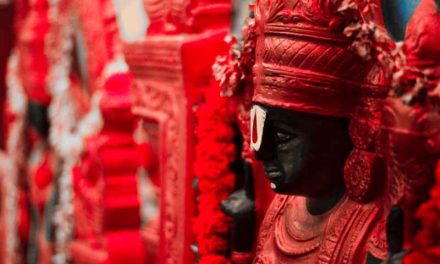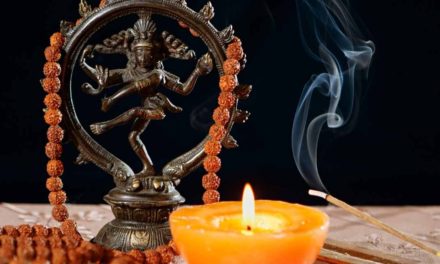Angkor Wat was originally constructed as a Hindu temple and is devoted to the god Vishnu. However, in subsequent years, some individuals attempted to transform it into a Buddhist temple known as a Wat.
A Buddhist monastery or temple is referred to as a “wat.” It was constructed during the reign of King Suryavarman II, who belonged to the Khmer Dynasty. Shaiva was the tradition that was followed by previous monarchs of the Khmer Empire, but Angkor Wat was built as a temple to Vishnu.
It is the biggest temple in the world, and it has several characteristics, such as:
The moat that serves as Angkor’s outermost perimeter is filled with water, which is meant to represent the Hindu concept of the Cosmic Sea, which is believed to be the origin of all life and creative force.
In order to construct the moat that surrounds the temple, 1.5 million cubic meters of sand and silt had to be carried, which is equivalent to 53 million cubic feet. To complete this effort, thousands of people would have had to labor together.
A number of Hindu epics and legends, including the Mahabharata, Ramayana, and Samundra Manthan, are depicted in sculptures on the walls of Angkor Wat. The 14th century saw the destruction of many of the carvings, and subsequent centuries saw a general lack of upkeep, which led to the carvings gradually disappearing over time.
The temple complex is a wonderful illustration of Khmer design, and it has multiple towers and galleries in addition to the central tower, which represents the holy Mount Meru.
The structure consisted of between five and ten million individual sandstone pieces, each of which weighed no more than 1.5 tons. Angkor was formerly the capital city of the Khmer Empire and is now a metropolis in its own right. The amount of stone used to build the City of Angkor was more than all the stone used to build the Egyptian pyramids together.
It used to be in the Garbhagriha of the temple, but today it’s located beneath the southern tower of the temple. The statue of Shri Vishnu, which is exceedingly great and wonderful, can be found in the Angkor Wat complex.
On the four sides or gates of the Central Tower, there are four Buddha statues in the complex where we can clearly see that these were installed later so that it looks like a Buddhist temple, but anyone can clearly say that these were installed later. This gives the appearance that it is a Buddhist temple, but anyone can clearly say that these were installed later.
It is said that Lord Indra ordered Angkor Wat to be built as a palace for his son Precha Ket Mealea. Another myth says that the temple was built in just one night by a divine architect, and this myth is mentioned in a book written by a Chinese traveler named Daguan Zhou.
There are many stories and myths that surround the temple. One of the stories says that Lord Indra ordered Angkor Wat to be built. No inscription can be found that tells us what the temple’s original name was, but it is said that it was once called the Varah Vishnu Lok.
Following the death of King Suryavarman II in 1177, the city of Angkor was taken over by the Cham people, who were a historic opponent of the Khmer. The new monarch, Jayavarman II, constructed a new capital, and he was very committed to Buddhism. He erected a new temple a few kilometers north of the ancient Angkor Wat temple and called it Angkor Thom.





